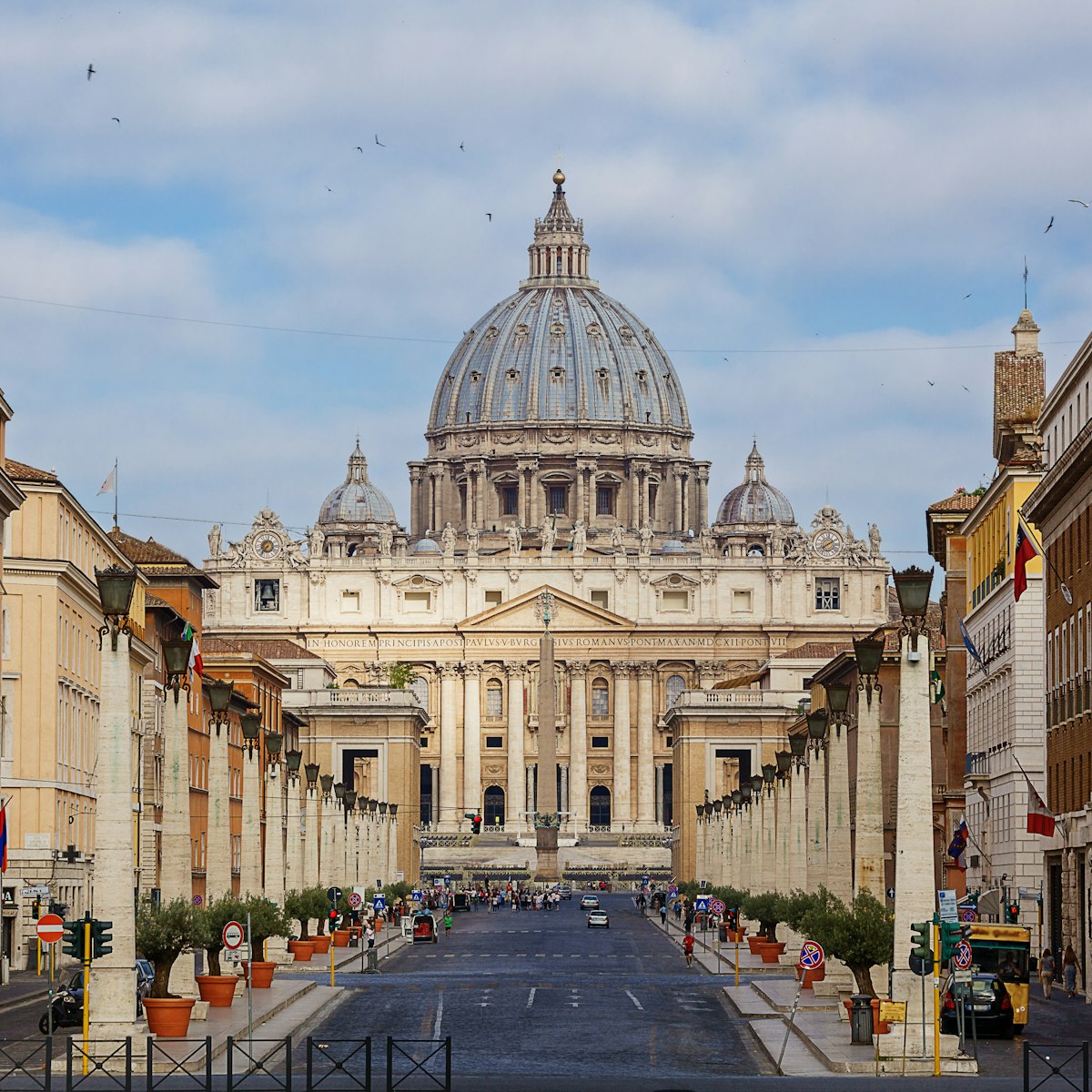The remains of the emperor Caracalla’s vast baths complex are among Rome’s most awe-inspiring ruins. Inaugurated in AD 212, the original 10-hectare site, which comprised baths, gyms, libraries, shops and gardens, was used by up to 8000 people daily. To evoke what the site would have looked like in its heyday, hire a virtual reality headset (€7) from the ticket office. The focal point is the central bathhouse, a huge rectangular edifice bookended by two palestre (gyms).
The bathouse was centred on a frigidarium (cold room), where bathers would stop after the warmer tepidarium and dome-capped caldarium (hot room). While the customers enjoyed the luxurious facilities, below ground hundreds of slaves sweated in a 9.5km tunnel network, tending to the complex plumbing systems.The baths remained in continuous use until AD 537, when the Visigoths cut off Rome's water supply. Excavations in the 16th and 17th centuries unearthed important sculptures, many of which found their way into the Farnese family's art collection.
In summer, the ruins are used to stage spectacular music and ballet performances.
Note that the ticket office closes one hour before the site closes.








